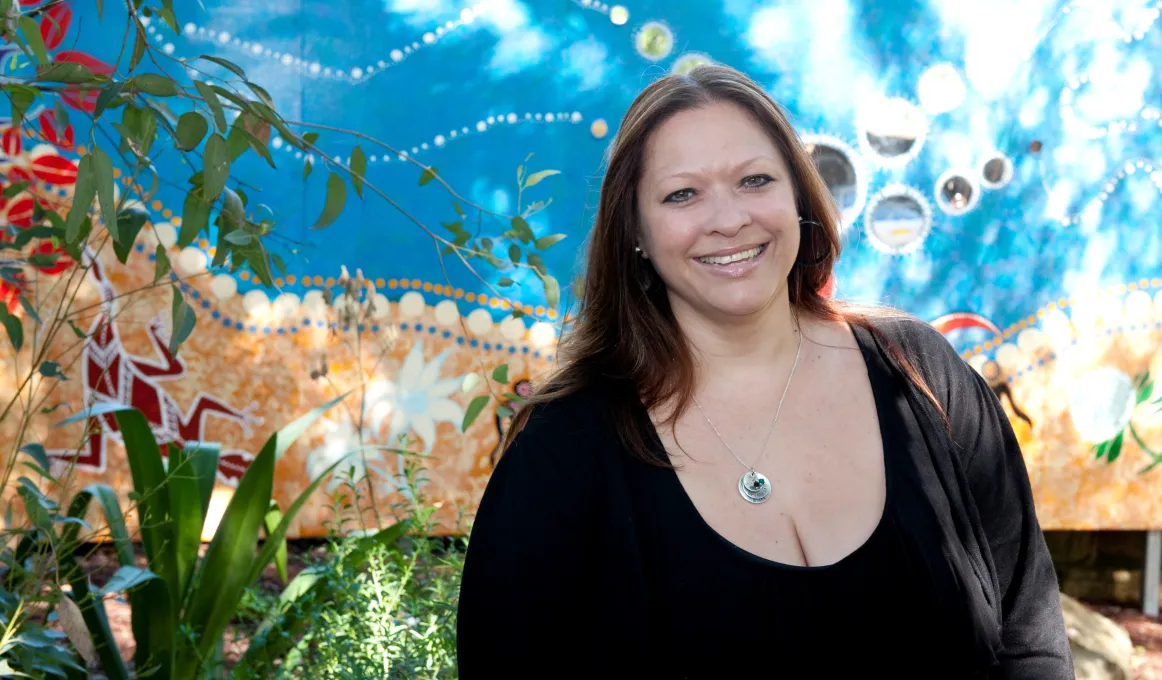What Budget 2017 means for First Australians

Your snapshot of Indigenous affairs Budget 2017 measures.
The 2017 Federal Budget was handed down on 9 May, setting out Australia’s economic and fiscal outlook. So what exactly does that mean?
Within the Budget lie the Government’s social and political priorities, and how it will achieve them. It shows the Government’s plan for stronger growth to deliver more and better paying jobs, guaranteeing the essential services we rely on, tackling cost of living pressures and ensuring the Government lives within its means.
In this budget are a number of measures across education, employment, health and social services portfolios to boost efforts in closing the gap and provide better opportunities for Aboriginal and Torres Strait Islander people.
These build on other initiatives such as the Indigenous Procurement Policy, which, in its first 18 months, had seen 708 Indigenous businesses win Commonwealth Government contracts worth $407 million.
To save you reading the 190 pages of Budget measures to see what’s there for Aboriginal and Torres Strait Islander peoples, here’s a list:
- $146.9 million for business support for Indigenous entrepreneurs including tailored loans and capital assistance.
- $11 million to develop and implement a Community Development Programme youth engagement strategy in collaboration with remote schools.
- $55.7 million for Closing the Gap in Indigenous employment including working with Indigenous communities to better support Indigenous jobseekers including:
- $33.2 million for pre-employment training and mentoring and expansion of the Prison to Work program for all job seekers under 21.
- $17.6 million to trial additional employment assistance to Indigenous prisoners as part of the Prison to Work response.
- $5 million to support community designed employment services in Yarrabah, Queensland.
- Immediate access to increased wage subsidies
- $113 million expansion of the ParentsNext initiative will increase the participation of Indigenous parents in the workforce in 30 locations.
- $15 million for new Indigenous Protected Areas in addition to those already declared or under consultation under the National Landcare Program.
- $5.9 million to Closing the Gap on literacy achievement, trialling the use of digital applications to improve outcomes for Indigenous children in 20 preschools nationally.
- $33 million through the Boosting the Local Care Workforce initiative to support more regional workers, including Indigenous Australians, to meet the demand of the National Disability Insurance Scheme and an ageing population.
- $39 million for Community Legal Centres to support victims of domestic violence.
- $16.7 million for Indigenous Legal Assistance Providers to assist in addressing Indigenous incarceration rates.
- $0.4 million for the supply of medicines through the Pharmaceutical Benefits Scheme to clients of Remote Area Aboriginal Health Services.
- $18.8 million to continue the Rheumatic Fever Strategy including expansion to at risk communities.
- $145.5 million to extend income management in all current locations, including many Indigenous communities.
- $52.9 million to enhance research and evaluation in Indigenous Affairs, including the establishment of an Indigenous Research Fund.
Find out more
More information on the Budget and measures is on the Budget website.